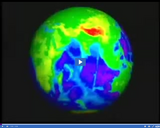
Earth spins, or rotates, at a speed of about 1600 kilometers per hour at the equator.
- Subject:
- Science
- Provider:
- Utah Education Network
- Author:
- Visual Learning Company
- Date Added:
- 02/28/2010

Resources created or licensed by the Utah Education Network

Earth spins, or rotates, at a speed of about 1600 kilometers per hour at the equator.
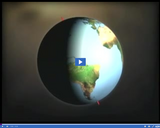
The tilt of Earth affects the length of day. When the north pole is tilted away from the sun, the northern hemisphere experiences less daylight. But when it is tilted toward the sun, it receives more daylight.
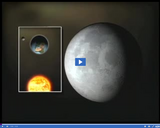
Waning refers to the process of the full moon growing darker as the moon revolves around Earth. The animation depicts the last quarter phase, from which it slowly grows darker and disappears until it becomes a new moon, starting the cycle over again.
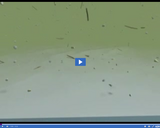
Deposition is the process in which sediments are dropped.

A pluton is formed when a large pool of magma builds up under the surface and raises the surface above it. When the pool of magma hardens a pluton forms.
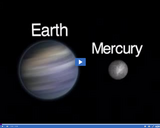
Earth rotates much faster than Mercury. It takes nearly 59 Earth days for Mercury to make one complete orbit.
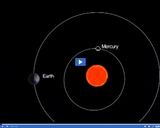
It takes Mercury 88 Earth days to make a complete revolution around the sun.
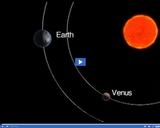
Venus rotates so slowly that its day (8 Earth months) is longer than its year (7 Earth months).
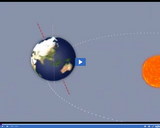
Earth's axis is tilted at 23.5 degrees. As Earth revolves around the sun, its axis always points at the same angle, but the direction it points in relation to the sun changes, resulting in different seasons.
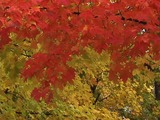
There are four distinct seasons in northern latitudes: spring, summer, fall, and winter.
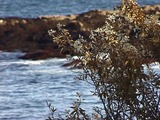
Seasons are used to describe certain times of the year.
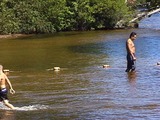
The summer solstice is on June 21 or 22. This is the longest day of the year in the northern hemisphere.

The vernal equinox is on March 20 or 21 in the northern hemisphere. There are 12 hours of daylight and 12 hours of darkness on the vernal equinox.
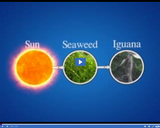
The arrows illustrate one possible energy path in an ecosystem, from sun to seaweed to iguana.
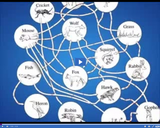
This food web demonstrates the interconnection between living things in a complex ecosystem.
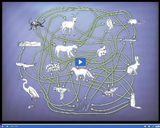
This detailed food web depicts a more complex flow of energy in a forest ecosystem.
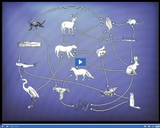
This simple food web depicts the flow of energy in a forest ecosystem.

List of competencies that outline best practices for digital teaching and learning in the classroom. This list is also the requirements for the Ed Tech Endorsement.

In this episode of UEN Homeroom, Matt and Dani have a conversation with Britney Davis from Lucid for Education and Victor Karkar from Scrible. We learn about the ed tech world and how students can get involved in this leading industry.

For the first time ever, Rainer Blatt was able to transfer the state of one atom to another. Although the process is called 'teleportation,' no matter is transported from one spot to another. Instead, information leaps the gap.